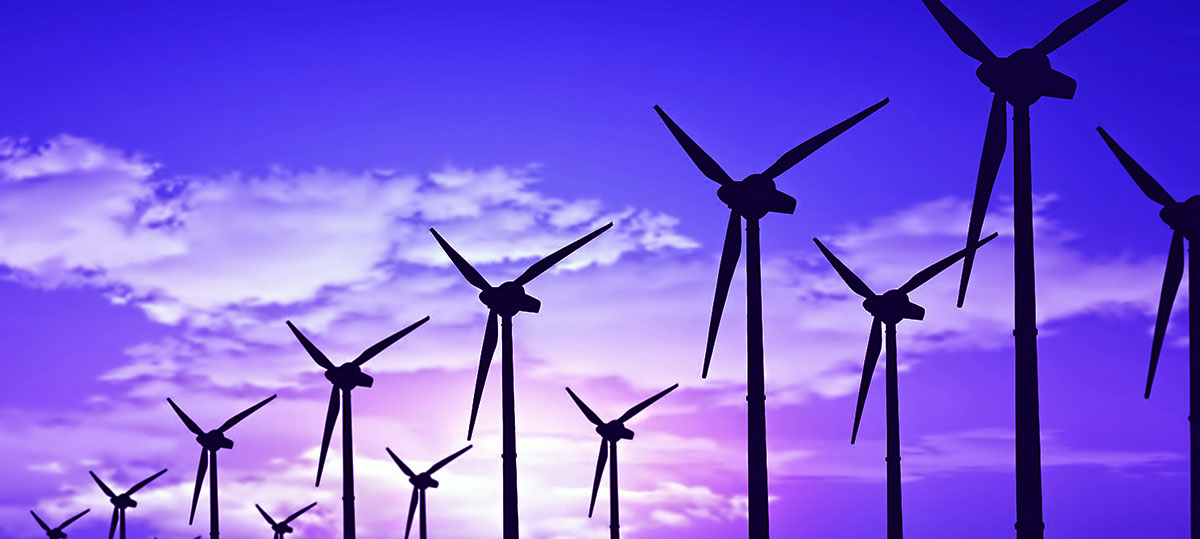Planning for the post-Corona economy requires vision to make the right investments for a Green and Just future. For PWB, Emily Stewart warns against the locking-in of inequalities and high-carbon industry, and the need to think green for the future.
Those following news of the British economy will know that gloomy economic times loom on the horizon. Of the major economies, the UK was the hardest hit by Covid-19 from April to June. With infection rates on the rise and local lockdowns of varying severity coming into force just as the Furlough scheme designed to protect jobs and wages ends while the Brexit transition comes to an uncertain end in less than 90 days a perfect storm looks to be gathering.
The withdrawal of support at the same time as the further mothballing of many professions has led the government to launch the ‘Job Support Scheme’, which sees governmental support for loss of wages continue, but with a steep fall from 80% to 22%. This scheme will only be available to jobs which they deem to be ‘viable’; a term as yet undefined by the Chancellor and his team.
With the official opposition and business asking for clarification about which industries will be deemed ‘viable’ and how support will be future-proofed for the economic situation post-COVID, this is the right time to be thinking more broadly about future-proofing the economy with a Just and Green recovery.
As the world looks to move itself towards carbon neutrality, there has been talk about the ‘viability’ of jobs in high carbon industries. While there will undoubtedly still be a place for high-energy industry and manufacture in the UK, new industries must be supported, and traditional industry must adapt.
This is something that those advising the Treasury have been mindful of, and in response the Chancellors Summer statement contained a welcome boost for energy efficiency. While this this scheme could help create many jobs, a singular scheme on energy efficiency falls far short of cashing in on the real potential of a Green recovery.
So far the government has spent £35.4 Billion on protecting jobs, and announced a further £25 Billion in extra public spending for the recovery. However, the majority of these investments focus on bolstering the existing economic landscape, rather than investing in the future.
Despite telling professionals such as musicians, that they need to ‘retrain’ for the new economic realities, the projected spending doesn’t cover adult education and training for new skills. Given the advice to out of work people to retrain, this is a serious oversight. Moreover, it contrasts the actions of other governments in the West, as well as the recovery pathway set out by the EU as a block. Not only is training high on their priorities, but they have shown a forward-looking agenda in the types of industries they are training people for. The EU has pledged that its Next Generation EU budget will be focussed on a Green and sustainable recovery; intertwining the needs of the economic recovery with the pathways set out by the European Green Deal.
Without a Green Deal of our own, the British Government could look to our international agreements for a framework to build a Green recovery on. There are certainly signs that Boris Johnson is aware that the upcoming COP conference in Glasgow next year offers opportunities for the UK to demonstrate its commitment towards meeting its NDCs. During his speech to Conservative party conference earlier this week, he talked of ‘Building Back Greener’ and committed to boosting the UK’s wind energy capacity with the hope to be entirely self-sufficient by 2030. However, just as the energy efficiency scheme has been accused of lacking resources, serious funding pledges for wind energy are also yet to materialise.
It is clear that we would need much more meat on the bones of what exactly ‘Building Back Greener’ means, and crucially, how it will be funded. Lacking a framework like the European Green Deal, it makes it difficult for industry and private investors to predict how regulatory frameworks might support new spending. Should the Government fail to make these signals and continue down the path set out by the Chancellors announcements, there is a risk that further inequalities and high-carbon modes of production will be locked in for another five years.
Diverting serious funds to a Green recovery would be an excellent first step, but a truly Just and Green recovery would require commitments to target spending on communities where there is the greatest need for modernisation or new Green industry. For the UK that would mean setting billions aside for regions like Yorkshire and the Humber and Wales where high Carbon Industries continue to be large local employers.
To be Just, budget must be set aside for direct spending by communities on projects that range from re-training, to decent redundancy packages where needed. Moreover, the Government would need to empower local actors to be able to assess needs and implement local solutions.
The UK could also dramatically cut its carbon footprint by focussing on patterns of consumption. Current estimates state that around 50% of the UK’s carbon footprint comes from overseas emissions. With many people consuming less during the pandemic, this is a perfect moment to start asking questions about the UK’s supply chains and consumption patterns. The UNs SDGs provide the perfect framework on which to base these changes and to focus the recovery not only upon economic metrics but also those of wellbeing, equality, health, and peace.
By looking at the recovery holistically in this way, and making sure that no one is left behind, the UK could position itself as a forerunner when it comes to the hosting of the COP conference later next year. A robust roadmap to a Green and Just recovery will send much stronger signals than token support for energy efficiency or wind power alone.

